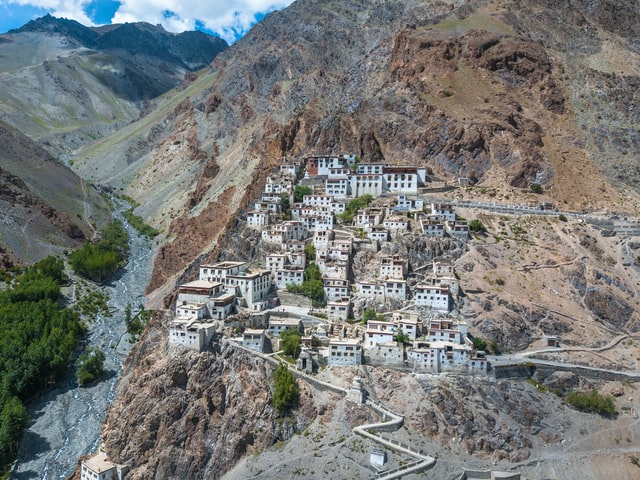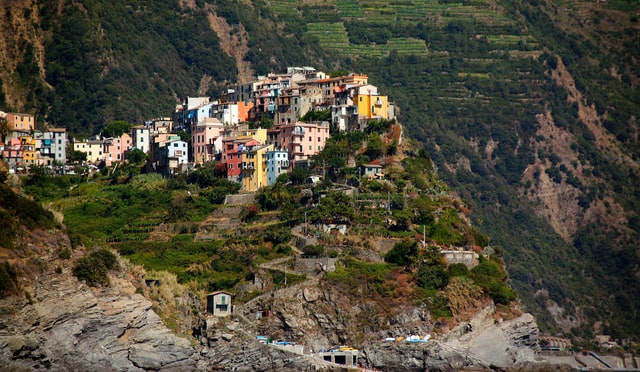In addition to the danger of flooding, heavy rainfall can also lead to mud flows, basically forming a river of mud; and landslides that are caused by the movement of destabilized land – due to gradual erosion or water accumulation. Do not confuse mud flows with chutes, as there are clear differences. Landslides occur when the mass of soil or rock moves downwards, driven by gravity. Are landslides covered by homeowners insurance?
What is a landslide?
According to the Insurance Information Institute, landslides are “caused by the movement of destabilized land – either due to gradual erosion or water accumulation.” It is also considered a “land movement” that is excluded from most homeowner policies. (Also excluded from most policies? Settlement, which the US Geological Survey describes as “gradual subsidence or sudden flooding of the Earth’s surface due to subsurface movement of earth materials”).
In fact, according to the Washington State Office of Insurance Commissioner, standard home insurance policies do not cover land, traffic, or damage caused by:
- Rain runoff
- Snowmelt
- Flood
- Earthquake
Thus, living in an area prone to landslides – for example, on a slope or near a cliff or hill – often justifies the purchase of an additional insurance policy for landslides.

When does home insurance cover landslide and mudslide insurance?
Unfortunately, homeowners’ policies never cover damage caused directly by landslides, mudslides or mudslides. All policies have a strict language that states that the type of damage caused by the movement of the Earth will not be covered. Muds that are more fluid by nature than a slide are not covered because they are subject to the same provision that excludes flooding.
Insurance against natural disasters, such as landslides, is difficult for insurance companies because of the rarity and widespread damage they usually cause. To protect your home against landslides and landslides, you’ll need a policy of differences in conditions.
How to avoid mudslides when planning and building a house
See our tips on what to do in areas exposed to mudslides:
- Build away from ridges. By avoiding building a house in areas prone to geophysical movements, you can protect yourself against losses that cause landslides. Avoid building on steep ridges and slopes. Also avoid mountain edges, drainage areas and plots of land where natural erosion occurs.
- Learn before buying. Review the geophysical events that occurred in the area you plan to build. Contact local officials and ask for a geotechnical risk assessment of the area.
- Straighten building ducts or deflecting walls. To reduce the flow of garbage, affecting your property, these options can help reverse the flow of water. They do not guarantee that you will avoid a mudslide, but may reduce your chances.
- Find out where the fire burning zones are. If severe floods are predicted in the area where the fire recently occurred, the surrounding areas may be exposed to landslides. Download early warning applications that alert you to harsh weather and dangerous conditions.












